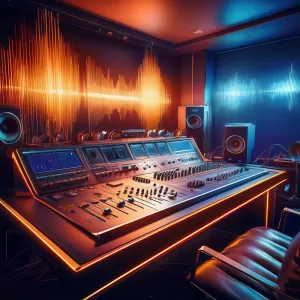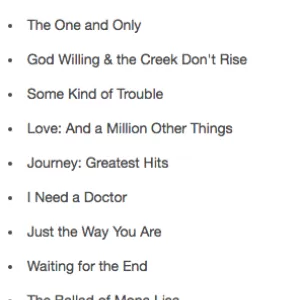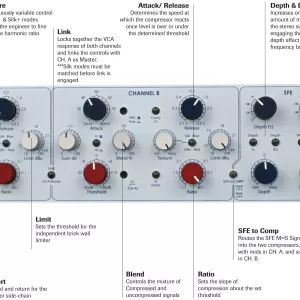There are lots of things to consider when planning to release your music on vinyl. Among these things to consider is where the split between the A-side and B-side is. In order to figure that out, you'll need to know some basic information about your album like the length of the songs and how many of them there are. In addition to that, you will need to consider other things like what size record you'll be pressing and how much audio can fit on that size record. One major difference with vinyl when compared to its digital counterpart, the Compact Disc, is that vinyl can fit more or less time on a side depending on several factors. One of those main factors is level or volume.
How vinyl is different
On vinyl, level and length are dependent on each other. When making a recording for release on a digital format, like MP3 or CD, your maximum level is determined by the bit depth of the file. The top is called 0 dB (digital full-scale signal) and everything is referenced below that. You can't go any louder than you have numbers to describe in your digital file. Loudness, or a louder perceived level, can be achieved with compression or limiting. Increasing the signal's average level increases the loudness. To a point, this is similar on vinyl but not completely. In contrast, compression (after a point) on vinyl will not get you more level.
Volume and Length are Directly Related on Vinyl
On vinyl, to get more level or volume you need wider grooves. If you need wider grooves you need to space them further apart, and if you space them further apart you have fewer grooves you can put on the disc as it spirals along. The accepted reference level is 7 cm/s (centimeters per second) lateral at 1 kHz. Usually, albums are cut two or three decibels louder than this, as in +2 dB to +3 dB. These higher levels can mean less runtime on your vinyl side.
At the same time, bass makes larger grooves and requires more space. So, the more low end on your song the more space its groove will need, and the shorter the sides will have to be to accommodate your song. But more on that in another article.
The Cutting Chart
This is a great reference on how level and length are related to various sizes and speeds of vinyl. I use it when making recommendations to clients about how many songs or what format is best for their album.
| 33 RPM | 45 RPM | |||||
|---|---|---|---|---|---|---|
| Cutting Level | 12" | 10" | 7" | 12" | 10" | 7" |
| +8 dB | 12 mins | 9 mins | 4 mins | 10 mins | 7.5 mins | 3 mins |
| +6 dB | 14 mins | 10 mins | 4.5 mins | 11 mins | 8.5 mins | 3.5 mins |
| +4 dB | 16 mins | 11 mins | 5 mins | 12 mins | 9.5 mins | 4 mins |
| +2 dB | 18 mins | 12 mins | 6 mins | 13 mins | 10 mins | 4.5 mins |
| 0 dB | 22 mins | 14 mins | 8mins | 14 mins | 11.5 mins | 6.5 mins |
Levels as high as +12 dB may be obtained under certain conditions. This should be used as a guide only, cutting levels and methods will vary by different operators.


